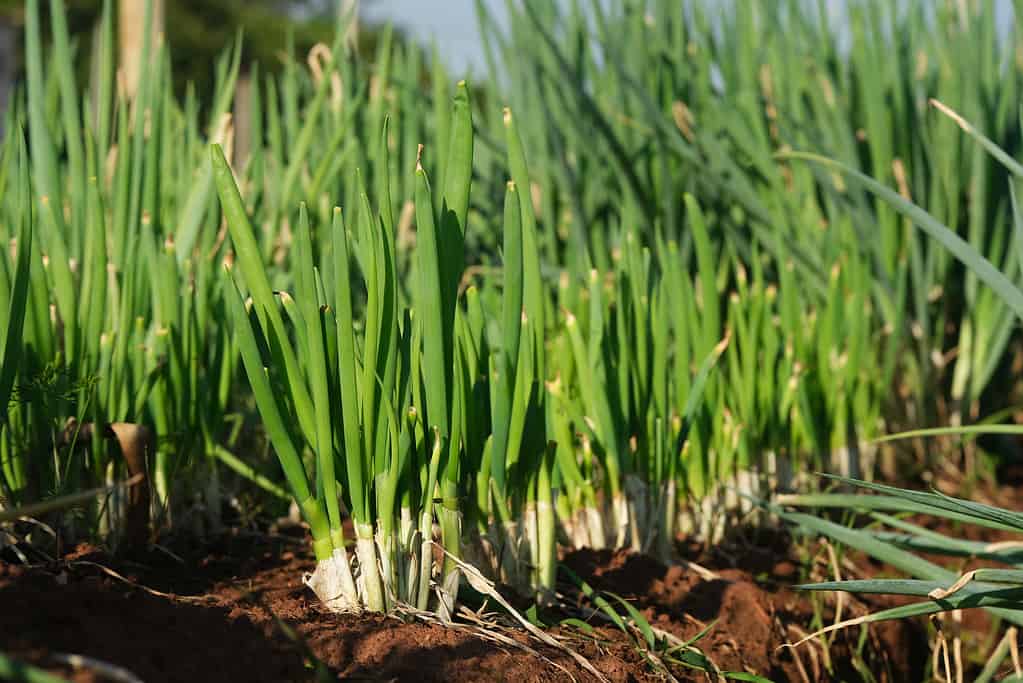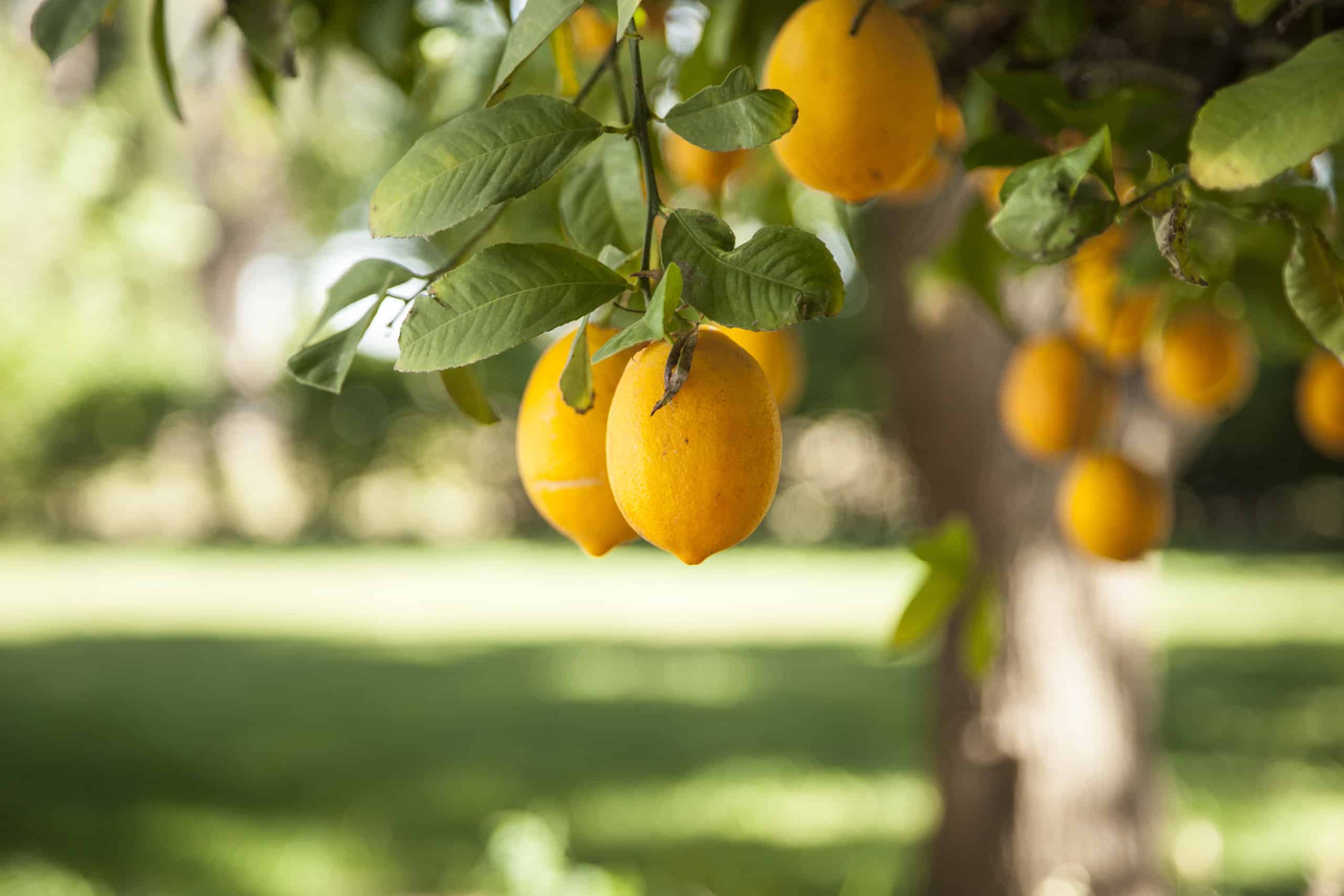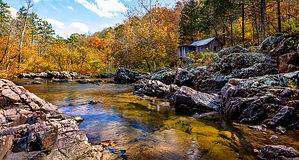You’re used to picking up your citrus at the market and you’ve probably driven by homes that have abundant lemon trees. Unless you know your neighbors, even if you’re tempted to pick one or two, you don’t. But what about having your very own lemon tree? How feasible is it? Discover how to grow lemons!
Seeds vs. Buying Plants
Seeing a plant grow from a tiny seed can be so much more rewarding than getting a plant, but! Depending on your situation and your preferences, a plant may just make the most sense. If you have the yard and the time (seven to 15 years) to plant lemon seeds, it’s a wonderful venture that eventually allows you to pluck ingredients from your property to add to your favorite drinks and dishes!
Start by setting the seeds of a mature lemon apart from your favorite lemon. Rinse the pulp off and plant them in a small pot. Use fertilizer-free potting soil and measure about one inch from the top of the soil to plant them. Don’t let the seeds sit around for long. It’s best when they haven’t had time to dry out. Keep your newly planted lemon seeds in your small pot in a warm environment (think about 70 degrees Fahrenheit). Water them thoroughly and in a couple of weeks, you’ll see that the seeds start sprouting.
If you don’t have seven to 15 years to watch your from-seed lemon tree grow, don’t worry. You can purchase a lemon tree and plant it in your yard or let it flourish indoors. If you have space outdoors, place it in a south-facing spot. These trees need plenty of sun and though they can tolerate poor soil, they do much better in slightly acidic soil that drains well. A shallow hole is sufficient, only as deep as the root ball. But dig it big enough so that it’s twice the size of the root ball!

You can grow a lemon tree in a ceramic pot in the garden.
©iStock.com/galina ermolaeva
Lighting and Soil Conditions
Lemon plants need to have at least eight hours of sunlight every day. Outdoors, this is generally a non-issue, especially if you’ve secured the south-facing location. If you have a south-facing window that allows the sun to pour in generously, that’s fantastic for growing a lemon tree indoors! But you may also need to incorporate a grow light to help your lemon tree flourish. Just make sure the light is at least six inches away from the top of the plant.
The soil needs to be light enough to be able to drain the water well, whether that’s indoors or outdoors. You’re aiming for evenly moist soil — never soil that stays wet. Slightly acidic soil produces the best results and if you notice your soil outdoors could use a little TLC, try adding a bit of organic matter and keep fertilizing it as needed. If you are growing your lemon tree indoors, be sure to place it in a pot before it grows too big. It is best to transfer it to an 18 to 24-inch pot so that the roots have plenty of room for growth.
When to Plant
Planting a lemon tree in the early part of spring is the best time as that’s when the soil is getting warmer. They need at least a USDA 9 grow Zone to flourish because they’re not very tolerant of the cold. It is important to remember not to plant your lemon tree at the end of summer as the cooling weather can stop the root growth. After planting, water your lemon tree generously. You want the root system to stabilize and strengthen quickly. After a year of your lemon tree growing, incorporate a consistent feeding schedule.
How Long It Takes Until Harvest
Standard lemon trees planted from seed do not produce any fruit in the first seven to 15 years. This is a long game you’re playing but when you’re settled into your home, you’re watching your kids grow, puppies grow, and trees grow. The best time to harvest depends on the kind of lemon tree you choose but if you need a tree right away, you can always opt to buy an aged dwarf lemon tree from your local nursery. With this choice, you can soon enjoy the fruit they produce, and they could be ready for harvesting multiple times a year depending on how well you water and prune them.

Harvesting depends on whether you plant from seeds or you purchase a plant.
©iStock.com/PJjaruwan
Companion Plants
Planting herbs near lemon trees is very helpful! You can try herbs like thyme, rosemary, mint, and basil. These wonderful companion plants deter pests like mosquitoes and whiteflies. A group from the Alliums family like chives, garlic, or onions, can each grow close to the lemon tree as well. They naturally repel insects that could harm the lemons. Growing comfrey can be highly rewarding as the plant is deep-rooted and generates nutrients, which then improves the quality of the soil.

Planting chives near your lemon tree can naturally repel insects that could harm the lemons.
©JR Slompo/iStock via Getty Images
Helpful Beginner Gardening Tips
First, you must choose a lemon tree that is suitable for your local climate! Keep in mind that sunlight (and grow lights if you’re keeping your tree indoors) plays a major role in the life of your lemon tree. You can either use the natural sun if you have a spacious garden or supplement with grow lights inside. Whether it’s indoors or outdoors, the soil must drain well. And pro tips are to use compost or manure to improve soil fertility and companion plants to keep your lemon tree thriving!
Thank you for reading! Have some feedback for us? Contact the AZ Animals editorial team.








